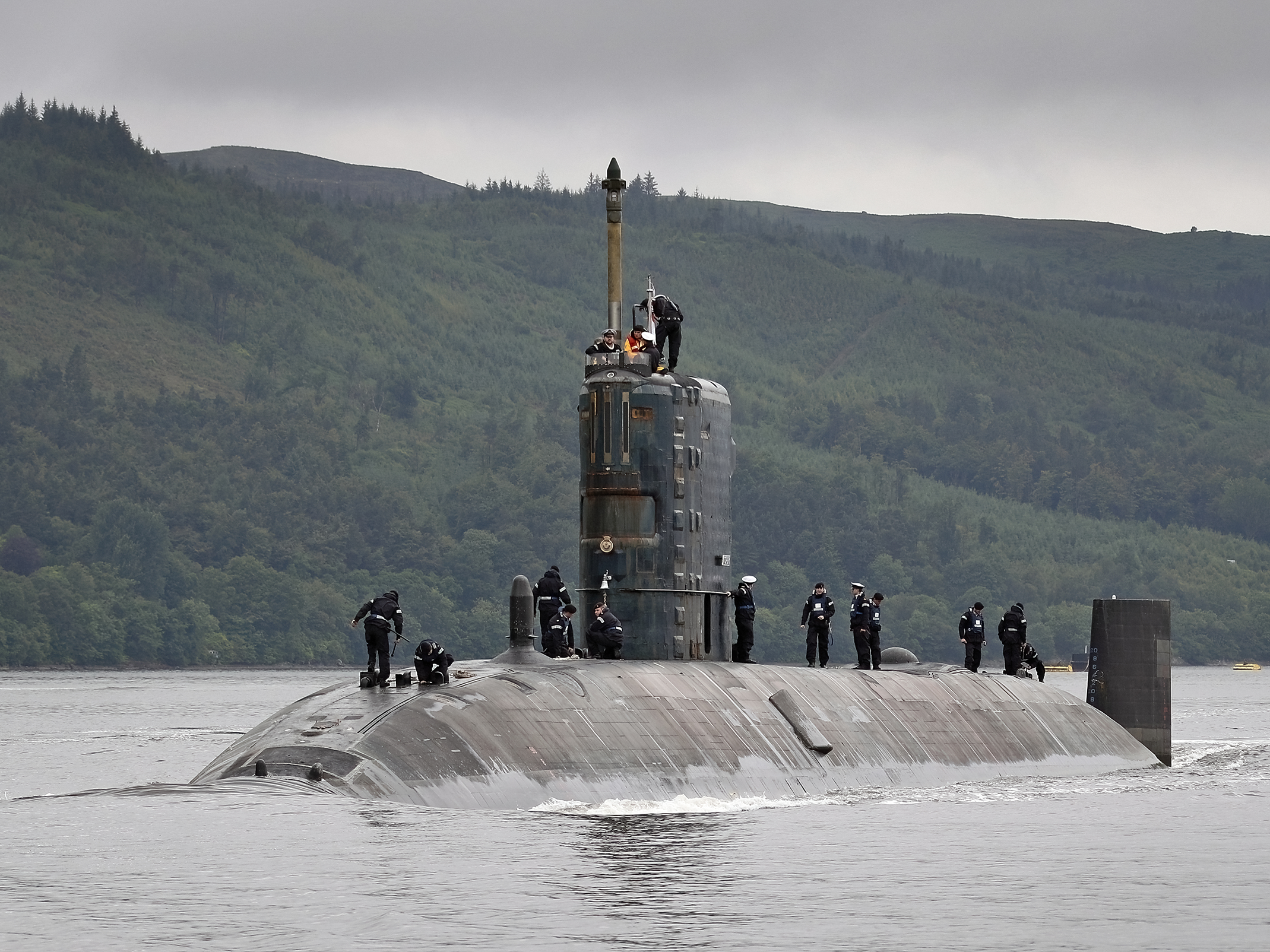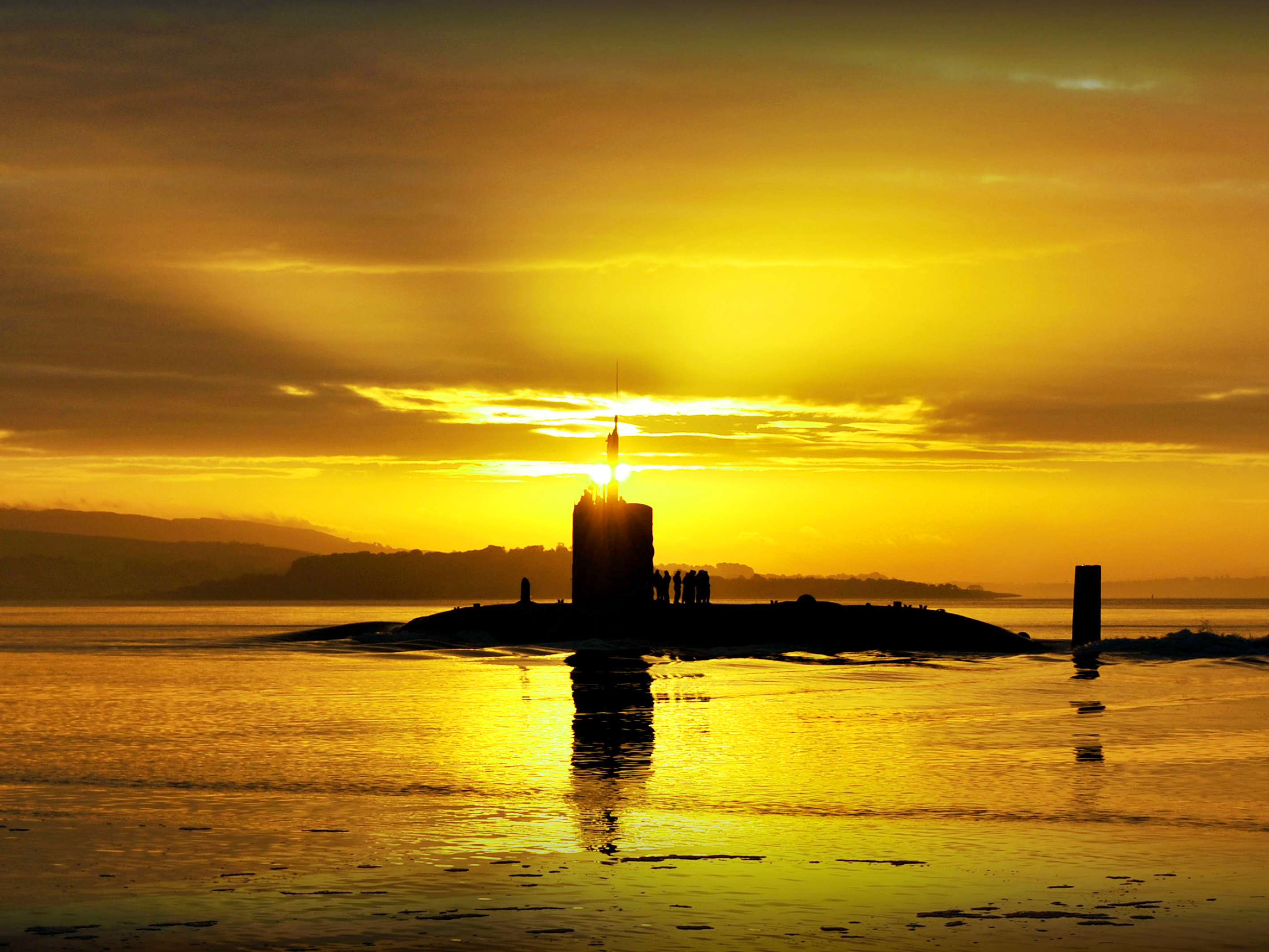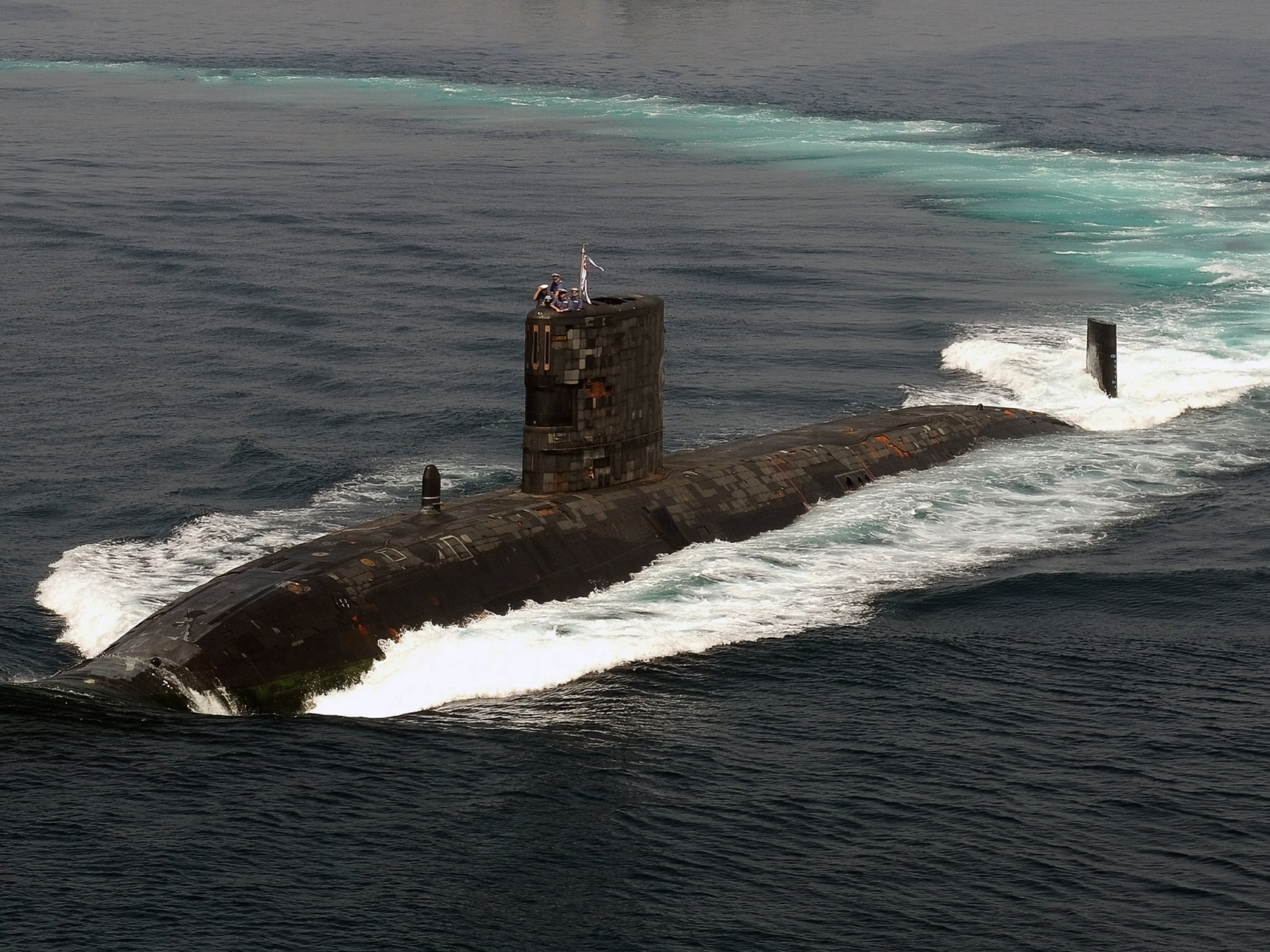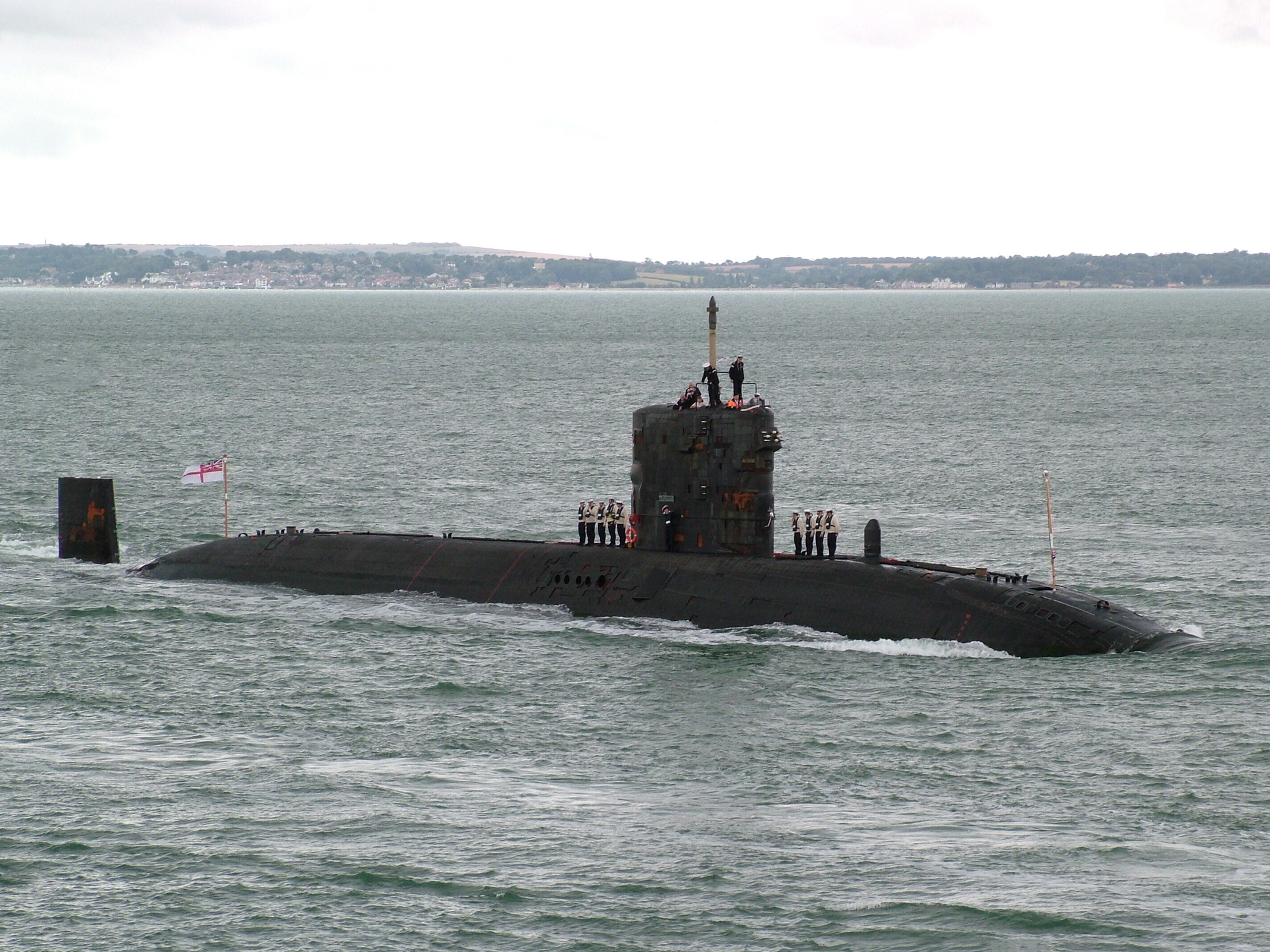Royal Navy Trafalgar Class Submarines: A Comprehensive Guide
Introduction
The Trafalgar class submarines were Britain’s second generation of nuclear-powered fleet submarines, designed for fast, quiet operations beneath the world’s oceans. Commissioned from the 1980s onward, they replaced the earlier Swiftsure class and brought improvements in stealth, sonar, and combat capability. For more than three decades, the Trafalgar class formed the backbone of the Royal Navy’s attack submarine force, seeing service in the Cold War, the Gulf, and global operations into the 2020s.
Origins and Design Development
The Trafalgar class was developed in the 1970s as a direct successor to the Swiftsure class. Although externally similar, the new class incorporated quieter propulsion, better sound isolation, new anechoic tile coverings to absorb sonar, and upgraded combat systems. The hull was slightly longer and the pressure hull strengthened for deeper diving.
Their primary missions included anti-submarine warfare, covert intelligence gathering, strike missions with Tomahawk cruise missiles, and supporting nuclear deterrent patrols. Powered by the PWR1 pressurised water reactor, these submarines could operate submerged for months at a time
Boats of the Class
Seven Trafalgar class submarines were built for the Royal Navy:
Service and Operations
The Trafalgar class saw extensive and varied service from the 1980s into the 2020s
HMS Trafalgar was the lead ship, active during Cold War patrols and global deployments.
HMS Tireless and HMS Turbulent regularly patrolled the Arctic and shadowed Soviet submarines in the North Atlantic.
HMS Triumph and HMS Trenchant were upgraded to carry Tomahawk land-attack missiles, playing front-line roles in the 1999 Kosovo War, 2003 Iraq War, and 2011 Libya conflict.
HMS Tireless also gained attention in 2000 for assisting in the search for the lost Russian submarine Kursk.
HMS Torbay completed the Royal Navy’s final Trafalgar class operational deployment in 2017.
The class was gradually replaced by the Astute class, a more modern and capable series of nuclear submarines. As of 2022, all Trafalgar boats have left active service.
Design and Technical Features
Displacement: 4,800 tonnes surfaced, 5,200 tonnes submerged
Length: 85.4 metres
Propulsion: PWR1 nuclear reactor, steam turbines, single shaft
Speed: 30+ knots submerged
Test Depth: Over 300 metres
Armament: 5 × 21-inch torpedo tubes Up to 30 weapons including Spearfish torpedoes, Tomahawk Block IV missiles
Sensors:
Type 2076 sonar suite
Towed array sonar (Type 2046 or 2081)
Electronic surveillance and periscope upgrades throughout life
Crew: Approximately 130
Known for being extremely quiet and difficult to detect, the Trafalgar class was respected internationally as a potent undersea asset.
Summary – At a Glance
|
Submarine |
Commissioned |
Notable Service Highlights |
Fate / Status |
|
HMS Trafalgar (S107) |
1983 |
Cold War operations, Arctic patrols |
Decommissioned 2009 |
|
HMS Turbulent (S87) |
1984 |
Covert operations, NATO deployments |
Decommissioned 2012 |
|
HMS Tireless (S88) |
1985 |
Arctic operations, Kursk search, Gulf missions |
Decommissioned 2014 |
|
HMS Torbay (S90) |
1987 |
Final operational deployment, Gulf patrols |
Decommissioned 2017 |
|
HMS Trenchant (S91) |
1989 |
Libya strike operations, NATO service |
Decommissioned 2021 |
|
HMS Talent (S92) |
1990 |
Global deployments, ASW exercises |
Decommissioned 2022 |
|
HMS Triumph (S93) |
1991 |
Kosovo, Iraq and Libya Tomahawk strikes |
Decommissioned 2022 |
Conclusion
The Trafalgar class submarines served as the Royal Navy’s front-line attack boats for nearly four decades. From Cold War intelligence missions to modern missile strikes, they demonstrated versatility, power and endurance. Their quiet operation, sophisticated sensors, and combat-proven weaponry made them highly effective in any theatre. Replaced by the Astute class, the Trafalgars leave behind a legacy of professionalism and silent strength beneath the seas.






